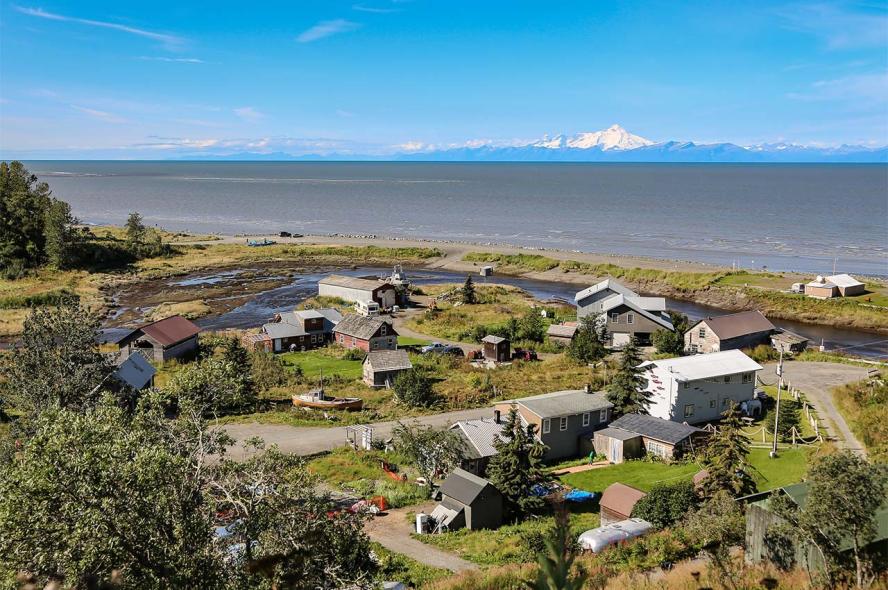-
About
- Departments & Offices
-
Academics
- Physician Assistant
- Special Master’s (MBS)
-
Admissions & Financial Aid
- Tuition & Fees
-
Student Life
-
Research
- Research Labs & Centers
-
Local & Global Engagement
- Global Health Programs
- Community Engagement
Keeping the Arctic a Step Ahead of the Next Health Crisis
Michael Bruce, M94, MG94, one of Alaska’s leading infectious disease research doctors, investigates COVID-19 and other threats to the state’s Indigenous peoples

In 1925, when an outbreak of diphtheria in a small Alaskan village threatened to become an epidemic, dog sled teams from around the state mobilized to transport life-saving serum hundreds of miles, staving off a public health disaster. That “Great Race of Mercy” went on to be commemorated every year as the Iditarod dog sled race. Nearly 100 years later, physician and scientist Michael Bruce, M94, MG94 (MPH), faced another outbreak that threatened to overwhelm far-flung Alaskan villages. As head of the Arctic Investigations Program (AIP) at the Centers for Disease Control and Prevention (CDC), Bruce knew full-well the risks a disease like COVID-19 could bring to the state’s Indigenous communities.
“Much of our population lives in very remote regions, sometimes in crowded housing,” said Bruce, noting that 20 percent of homes in Alaska’s rural regions lack indoor plumbing. “You can imagine how difficult it is to isolate and quarantine.” When the pandemic reached Alaska in 2020, even testing people for COVID-19 was difficult, since it could take more than a week to get results from PCR tests sent to Anchorage labs for analysis.